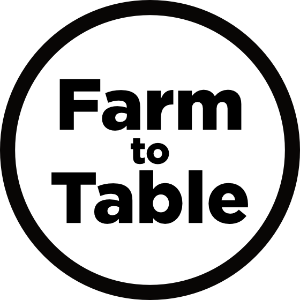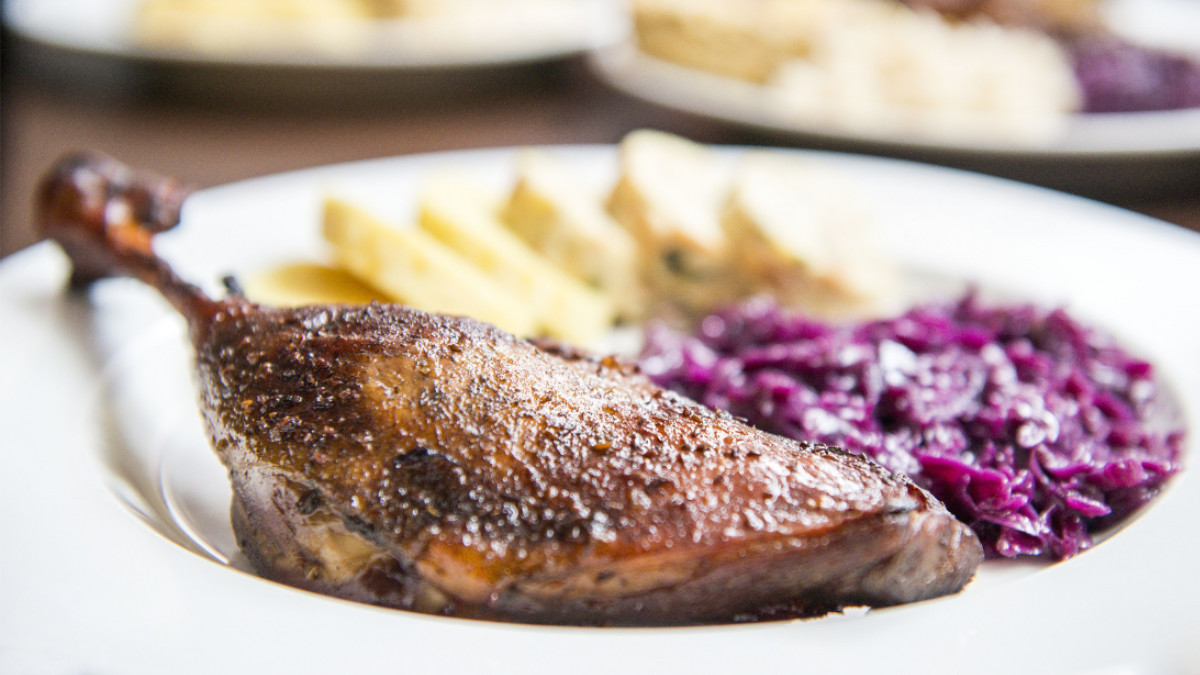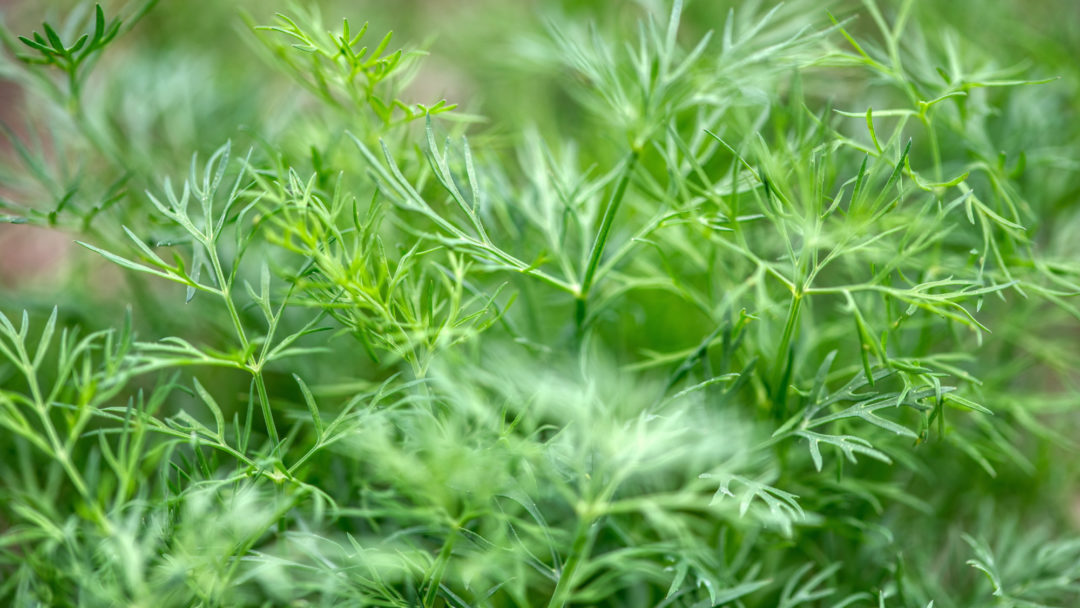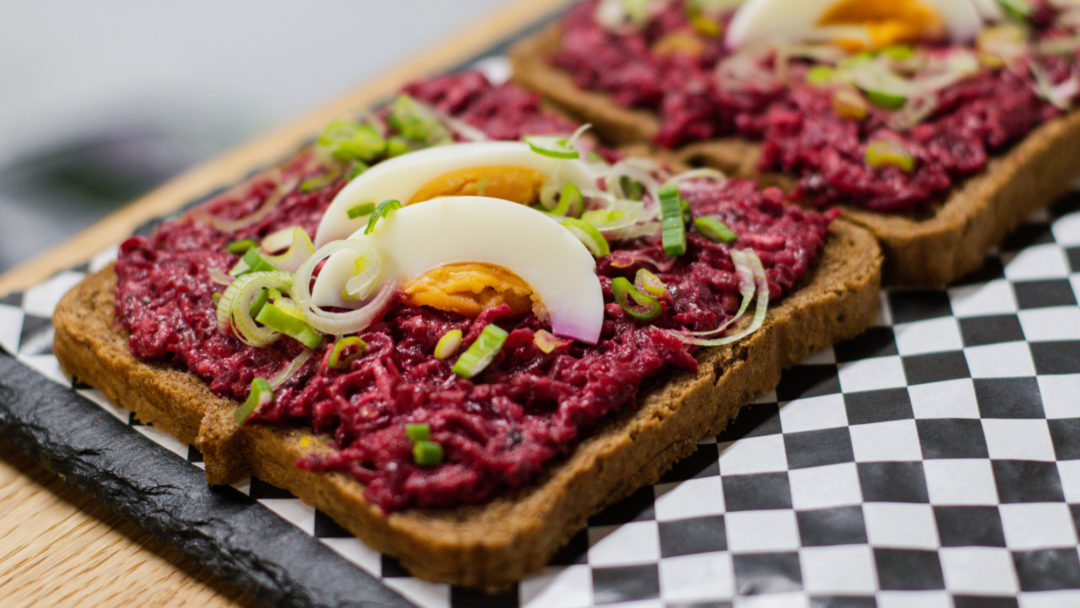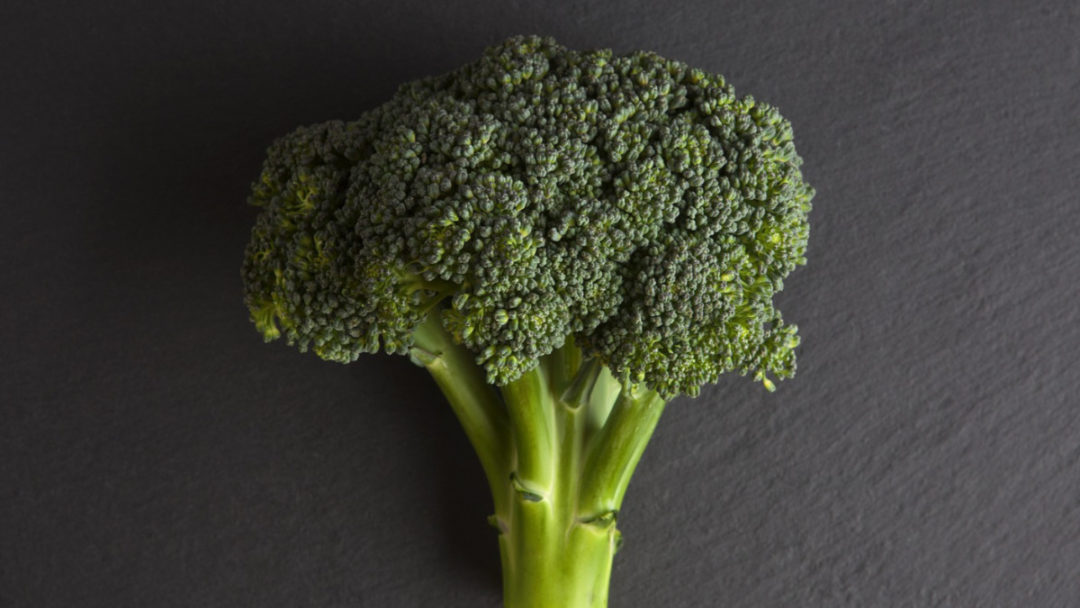On the eleventh of November, we usually wait to see if Martin will arrive on a white horse and the first snow will fall. Winemakers from Moravia, following the example of their more famous colleagues from France who come to the market in November with the popular Beaujolais Nouveau, present the first young wine called Svatomartinské. And in many Czech and Moravian restaurants, St. Martin’s goose is served.
Geese have been part of the Czech countryside since time immemorial, and goose roast was a true delicacy for our ancestors. There are many legends associated with St. Martin’s goose. According to one, the geese disturbed St. Martin with their loud honking during his sermon, earning themselves a place on the kitchen roasting pan. According to another, they betrayed him before his election as bishop when the saint was hiding in a goose pen out of modesty. The feast of St. Martin symbolized the end of the harvest and the completion of the agricultural year, announcing the beginning of winter.
The distribution of the goose roast had its strict rules. The lowest servant received a wing, supposedly to fly at work, the higher servant a leg, and the master kept the rest. Even the skin from the goose’s feet was used. It was placed in shoes under the feet or between the toes to prevent corns from growing. Geese, especially ganders, can be very aggressive and will even challenge a human. A goose bite or a blow from a gander’s wing is not pleasant, which is why they are also excellent guards.
It is said that geese were able to protect Rome from an invasion by alerting with their loud honking. Goose breeding has a long tradition in our country. The best are from natural pastures, where they have plenty of green foliage, but besides green food, they are also fed grain, corn, grain mash, or potatoes. Geese love water.
You might remember how grandmothers used to force-feed geese by stuffing cones down their throats – but these were not ordinary cones, but rolls baked from cornmeal. The geese were confined to a very small pen or box, where they had little movement and gained significant weight in a month. Their livers also grew significantly larger and fattier. These methods are no longer practiced today, except in some places like Spain, where they can triple the size of goose livers in a month by intensive feeding with cooked corn.
Pillows made from goose feathers are not edible, so let’s focus on the parts of the goose that can be found on a plate. You won’t encounter goose eggs often, as their use in public gastronomy is strictly prohibited due to their high susceptibility to Salmonella bacteria transmission, but in home cooking, they are excellent, especially for baking. However, you will most often encounter goose in the form of a roast, prepared in various ways, not only in our country but also in the rest of Europe, especially in the former Austro-Hungarian territories. The ideal goose for a good roast is 5-6 months old and weighs a maximum of five kilograms, as larger geese tend to be too fatty.
Real delicacies are the fatty goose livers. The French call them foie gras and usually serve them with sweet wine from Sauternes. When soldiers were drafted into World War I, many received goose liver from home as the most nutritious food for the journey. Today, they are sought-after delicacies and require no complicated preparation, just a very quick sear on a hot pan with a bit of coarse salt. Placed on white toast with fig jam, stewed apples or pears, or drizzled with a bit of port wine, they make an excellent delicate appetizer.
Preparing the perfect goose roast requires patience and plenty of time. Salt the goose thoroughly at least a day before roasting and season well with caraway, even inside. Then let it rest in the cold. The meat will tenderize beautifully and be infused with the aroma of caraway. Before roasting, place sour apples or pears inside, as the added fruit will not only flavor the roast but also moisten it. The goose should not go straight from the cold to the oven; it should rest at room temperature for two to three hours. Ideally, roast it covered for up to 7 hours at a very low temperature of about 100-130 degrees, turning it several times during roasting. Do not pierce the meat with a fork to prevent the juice and fat from leaking out. Only in the last 20-30 minutes do we roast the goose uncovered at a higher temperature with the breast side up to create a crispy golden crust. Some people brush the goose with honey during the final roasting for better color. It is important to frequently baste it with the drippings during roasting to prevent the meat from drying out. If you are bored with the classic goose roast, you can try the following recipes.
